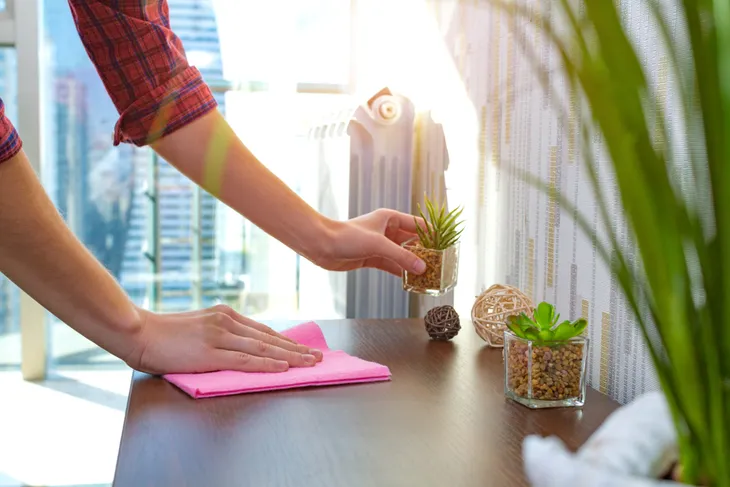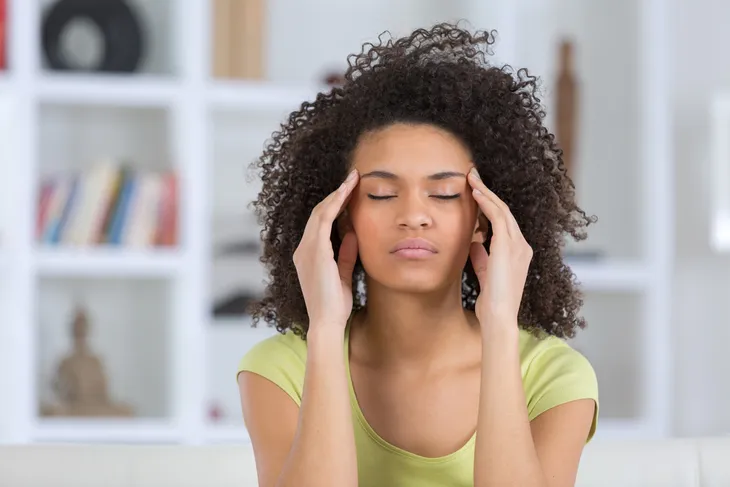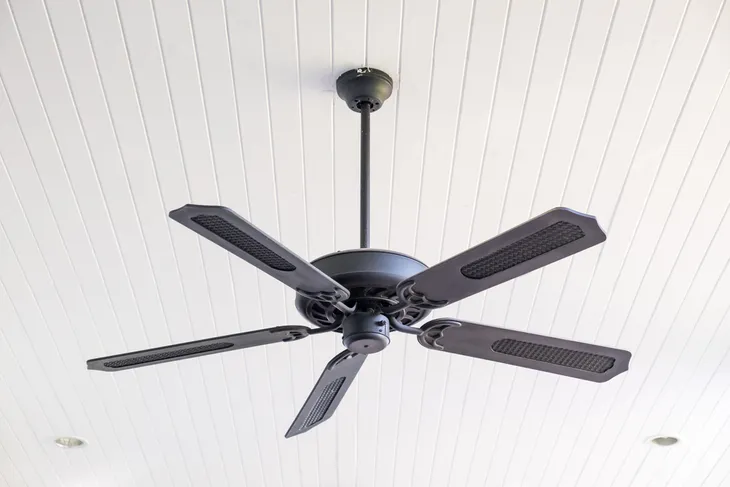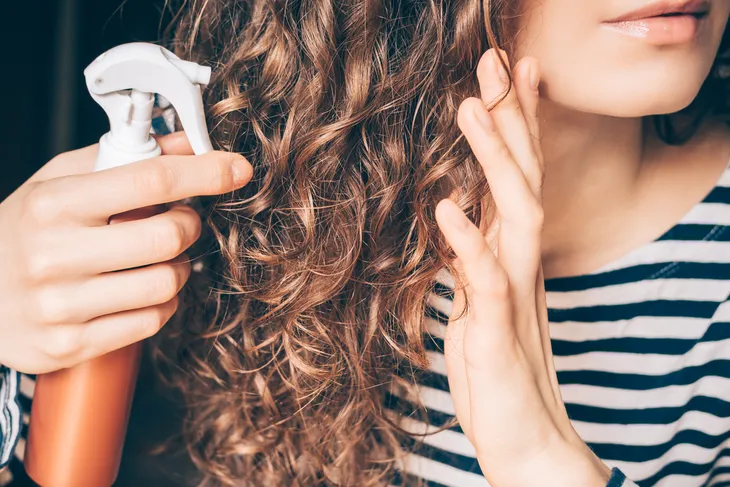If you suffer from spring allergies, you understandably steer clear of any flower that’s blooming or a tree that’s budding in springtime. However, avoiding pollen and swallowing antihistamines will only get you so far—sniff! These eight surprising triggers can just as easily trigger the sneezing, stuffy, inflammatory symptoms of seasonal hay fever (or allergic rhinitis)…
Spring Cleaning
The urge in spring to cleanse and purge is often overwhelming. However, you may be unearthing dust, dust mites, mold, and animal dander that have been hibernating in your home’s cracks, vents, drapes, and blinds all winter. Try wearing a dust mask when you clean and using a vacuum cleaner with a high-efficiency particulate air (HEPA) air filter to suck up potential allergens.
Anxiety
According to studies from the Ohio State University Medical Center, stress doesn’t cause allergies, but it sure exacerbates the symptoms due to increased cortisol (stress hormone) levels coursing through the body and weakening the immune system’s ability to ward off allergy-triggering proteins.
Ceiling Fans
You may hide indoors to avoid the blooms and buds of spring. However, if you use a ceiling fan indoors, you’re just circulating and spreading out any dust and pollen particles that have slipped inside your home. To avoid this, be sure to wipe dust and grime from ceiling fan blades before you turn them on.
Fruit Pollen
While many of us suffer through allergies in spring, we still welcome the first sign of seasonal fruit at the grocery store and farmer’s market. However, be aware that when tree, grass, and weed pollen counts are high, your immune system may mistakenly attack any pollen that enters the body.
Allergy and immunology research from Chicago’s Northwestern Memorial Hospital suggests that those who suffer from pollen-trigger allergies may also react to fruit pollen. Some people may experience this through oral allergy syndrome, which is when their mouth and/or throat gets itchy after they eat a piece of fruit or vegetable says American College of Allergy, Asthma, & Immunology. To lessen or prevent fruit pollen allergies, peel or cook fruit before ingesting.
Your Pet
I know that Fido and Fluffy are man and woman’s best friend. However, your cat or dog can also be pollen’s best friend come spring. This is prime time for your pet to track pollen, dust, and mold into your house via their coat. To avoid this, be sure to bathe your pet regularly or wipe down their coat with a damp cloth when they return inside.
Hair Sprays, Mousses, and Gels
You might find it necessary to wrangle your curly hair or wayward strands come spring (thanks to the return of humidity and strong winds), however, keep in mind that sticky hair products—such as hair sprays, gels, pomades, serums, and mousses—create a hotbed for pollen to become trapped.
Research from the Allergy and Asthma Care at New York University recommends washing hair daily and avoiding hair products to reduce allergens from getting trapped in hair strands.
Sleeping With The Enemy
If you tend to wake up congested with allergies, you are likely sleeping with the enemy—aka bringing pollen to bed on your hair and clothing or have dust mites in your bedding. Before you go to bed, shower and wash your hair to reduce tracking pollen into your bed linens, don’t wear the same shirt to bed that you wore all day, and wash your bed linens and pillow on a regular basis.
Wine
Swedish researchers have linked imbibing, particularly wine, with worsening asthma, hay fever, and symptoms of chronic bronchitis. In fact, after a few glasses of wine, chronic allergy sufferers may experience a dilation of the blood vessels in the nose and sinuses—meaning more sneezing, post-nasal drip, and constriction in the lower-airways.











